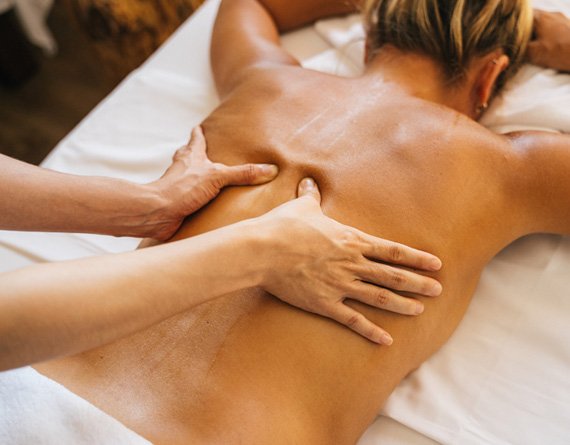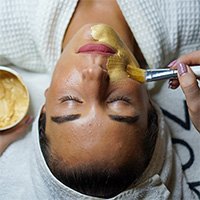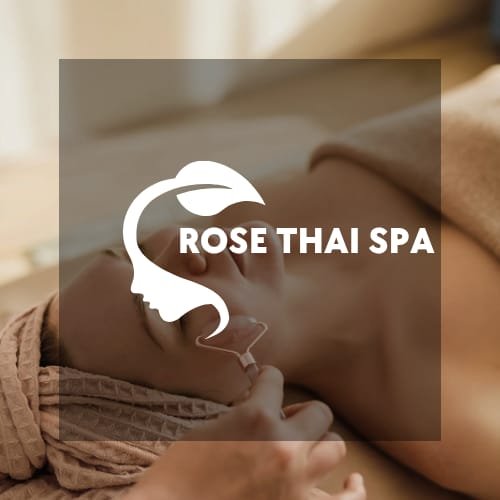Aroma Massage
Aroma massage, also known as aromatherapy massage, combines the therapeutic benefits of massage with the use of essential oils to promote relaxation, relieve stress, and enhance overall well-being. Here’s a breakdown of what it involves:
Key Components of Aroma Massage:
Essential Oils:
High-quality essential oils are selected based on their therapeutic properties and the client’s needs. Common oils include lavender (relaxation), eucalyptus (respiratory support), peppermint (energy and focus), and chamomile (calming).
The oils are diluted with a carrier oil (e.g., coconut, jojoba, or almond oil) before being applied to the skin.
Massage Techniques:
The massage itself uses techniques like effleurage (long, gliding strokes), petrissage (kneading), and friction to relax muscles, improve circulation, and release tension.
The pressure can range from gentle to deep, depending on the client’s preferences and needs.
Aromatherapy Benefits:
The essential oils are inhaled during the massage, stimulating the olfactory system and promoting emotional and psychological benefits such as reduced anxiety, improved mood, and mental clarity.
Customization:
Aroma massage is tailored to the individual. The therapist may ask about your physical condition, stress levels, or specific concerns to choose the right oils and techniques.


The Benefits
Stress Relief: Promotes relaxation and reduces cortisol levels.
Pain Relief: Helps alleviate muscle tension, headaches, and joint pain.
Improved Sleep: Calming oils like lavender can enhance sleep quality.
Boosted Immunity: Some oils, like tea tree or eucalyptus, have antimicrobial properties.
Emotional Balance: Aromatherapy can help manage anxiety, depression, and mood swings.
3 easy step
How It works?

Meeting

Treatment

